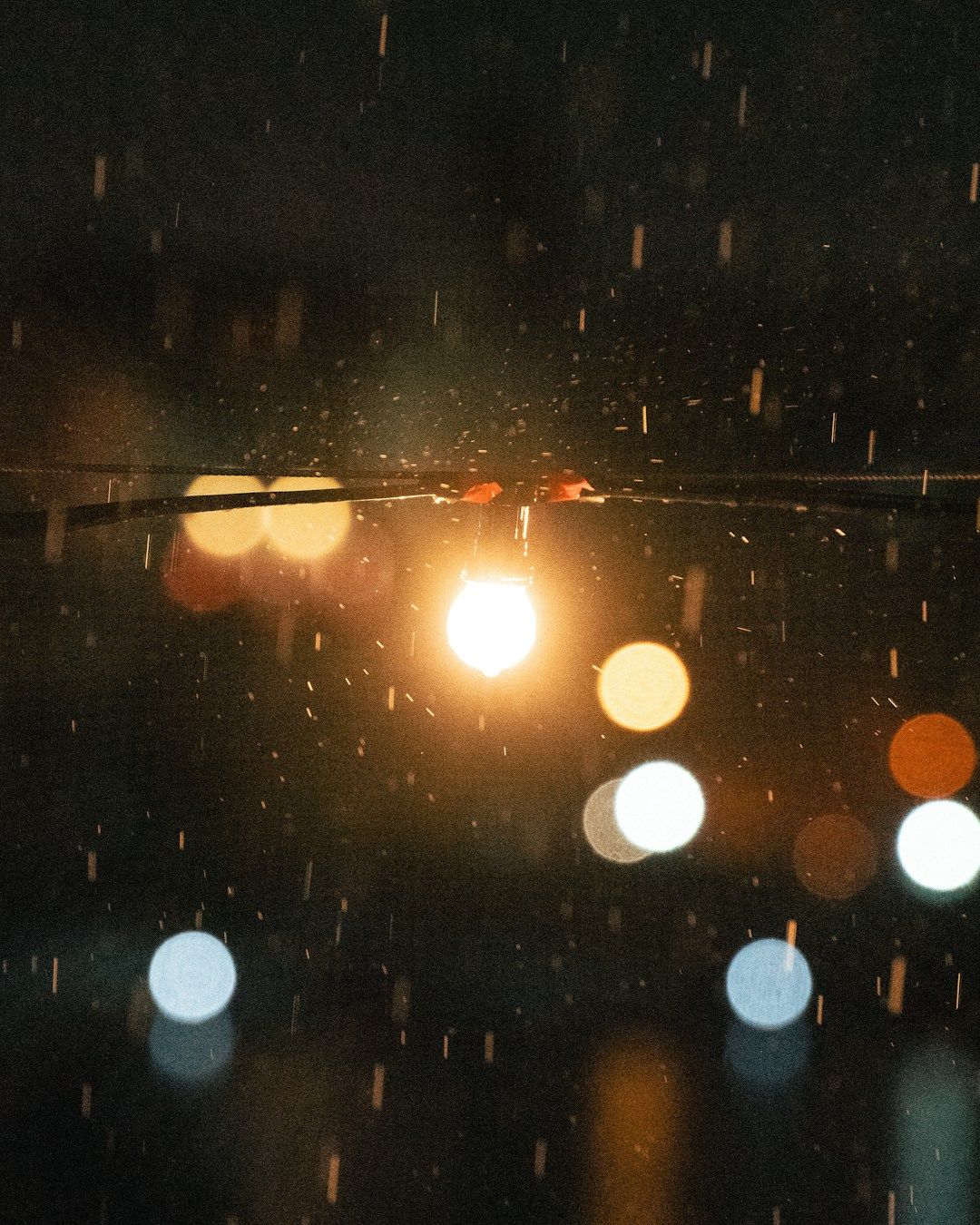The night-time economy has always been about more than just entertainment.
It’s about connection, community, and the shared experiences that stay with us long after the lights go up. But the reasons people come out at night are shifting.
Since working with over 40 towns and cities in the UK, Ireland, and internationally, I’ve seen trends come and go. However, there are currently some clear motivators that are drawing people into our towns, cities, and cultural spaces after dark. These motivators are shaping how we should program, market, and design our nightlife.

Why Family-Friendly Evenings Matter
Write your awesome label here.
Final thoughts
Understanding what motivates people to engage with the nighttime economy is key to sustainable growth. When we match our offer to people’s motivations, we:
- Increase dwell time and spending per visit
- Strengthen community bonds and cultural participation
- Build resilience into our local economies
- Cities and operators who embrace these trends, and continue to listen to their communities, will be the ones who thrive.
If you are a venue, festival, or city leader looking to re-energise your night-time offer, my team and I can help with research, strategy, and programming that is grounded in what people actually want.
